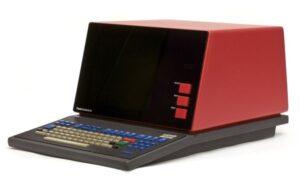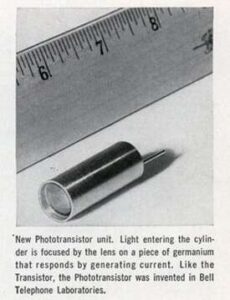First Computerized Legal Search Service
April 2, 1973
The first computerized legal search service, LEXIS, launches at a press conference in New York City. The name was coined from the latin word “lex”, meaning law, and the the letters IS for “information service”. Featuring only the full text searches of New York and Ohio state case law at launch, the goal of LEXIS was to allow law firms to access their legal databases directly without the need for an intermediary professional such as a librarian. Legal offices would access Lexis through dedicated terminals, which was an impressive feat since this was well before personal computing had become mainstream. By 1974 Lexis was hosted on an IBM System/370 Model 155 mainframe and had added the entire United States Code. It took until 1980 for LEXIS to complete entering all US federal and state cases. It was not until February of 2020 that the databases were transitioned to Internet cloud hosting and legacy mainframes shut down.
Gmail Launched

The now ubiquitous Gmail service is launched as an invitation-only beta service. At first met with skepticism due to it being launched on April Fool’s Day, the ease of use and speed that Gmail offered for a web-based e-mail service quickly won converts. The fact that Gmail was invitiation-only for a long time helped fueled a mystique that those who had a Gmail address were hip and uber-cool. Those of us who are actually hip and uber-cool didn’t mind, of course, as those types of things don’t bother hip and uber-cool people.
A is for Apple
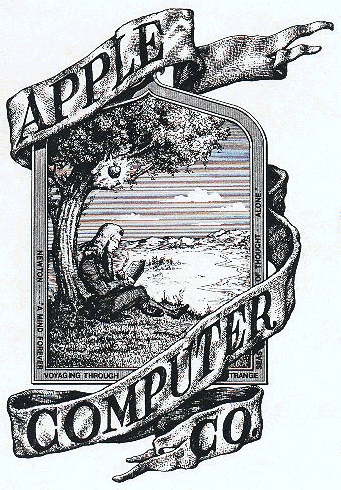
The Apple Computer company is formed by Steve Jobs and Steve Wozniak in order to sell their personal computer kits, later known as the Apple I computer, launching the personal computer revolution. From this point on, the word “Apple” is associated as much for computers as it is for fruit.
Internal Combustion Engine Patented
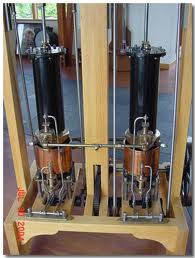
Samuel Morey patents the internal combustion engine. However, he didn’t have a car to rev it in to impress the chicks.
Free … Your … Mind
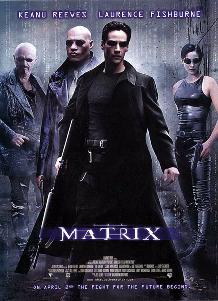
The hugely successful motion picture, The Matrix, is released on this day. Many call it a classic (ok, that’s me), many call it influential (ok, me again), but no one can deny the impact it had on many aspects of our society from the emerging tech culture, to the movie industry, to science-fiction, to political thinking. The Matrix won 4 Oscars, grossed over $463 million on a budget of $63 million, and was the first DVD to sell over 3 million copies. And who could forget some of the great quotes from this movie, including “Free … your … mind”, “Dodge this”, “There is no spoon”, “Don’t think you are – know you are”, “Welcome … to the real world”, “I know kung fu”, and “You take the red pill – you stay in Wonderland and I show you how deep the rabbit-hole goes.”
Microsoft Bob is Spawned
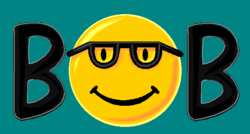
Microsoft releases their epically ill-fated software package, “Bob“, whose name will forever live in infamy. Given the tide of popularity and visibility Microsoft was riding on the way to releasing Windows 95 later that year, Bob was the first highly visible flop from Microsoft. Future flops from Microsoft included Windows ME, the Zune, and Windows Vista to name a few. While Bob was “killed” only a year later, many of the ideas that went into Bob were salvaged by Microsoft, most notably the “Clippy” assistant, which was perhaps as equally as derided by computer users. Read this excellent write-up on the history of Bob.
First Electrically Lighted City
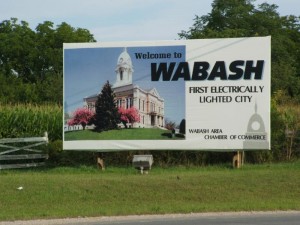
Wabash, Indiana becomes the first city in the world to be completely illuminated by electric lighting. And the light was good.
UNIVAC Unveiled
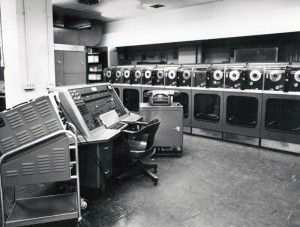
The first commercial computer, UNIVAC, is received by the US Census Bureau. Short for UNIVersal Automatic Computer, UNIVAC used over 5,000 vacuum tubes, weighed 16,686 pounds, consumed 125 kW of electricity, and could perform about 1,905 operations per second running on a 2.25 MHz clock. It was 14 feet long, 7 feet wide, and 8 feet tall.
Developed by J. Presper Eckert and John W. Mauchly, who had designed the first fully electronic computer ENIAC during World War II, the duo had formed a company in 1946 to develop a computer for the Census Bureau. Originally expected to take 6 months to begin development, it took 2 years to complete the study to design the computer. In 1950 Eckert and Mauchly sold their company to typewriter manufacturer Remington Rand and continued their work within the corporation’s calculating machine division. In 1952 the UNIVAC became famous for correctly predicting the results of the presidential election, contradicting the expected Gallup Poll results, and made the general public aware of the advancement of electronic computers.
Interestingly enough, the Census Bureau had driven the development of devices that eventually led to computers since the 1890’s and Herman Hollerith’s Punch Card Calculator.
Invention of the Phototransistor
Bell Telephone Labs announces the phototransistor, invented by Dr. John Northrup Shive. Often called an “electric eye”, a phototransistor is activated by light rather than electricity. It found early use in telephone switching systems for long distance service, allowing operators to quickly direct dial phones in distant cities. Today phototransistors find many uses in a variety of technologies such as computers, robotics, and industry.
TRS-80 Model 100 Introduced
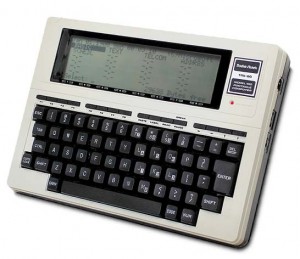
Radio Shack introduces the TRS-80 Model 100, one of the first portable computers in a notebook-style form factor. The portability, simplicity, and built-in modem of the Model 100 made it very popular with journalists who could write stories in the field and transmit them back to their offices. Incidentally, in the early 90’s I acquired a Model 100 that had been used by a newspaper. I was able to use it to code simple programs, write papers, and use the modem to connect to bulletin board systems of the time. I currently have 2 of these models – still in good working order! Good times, good times.

